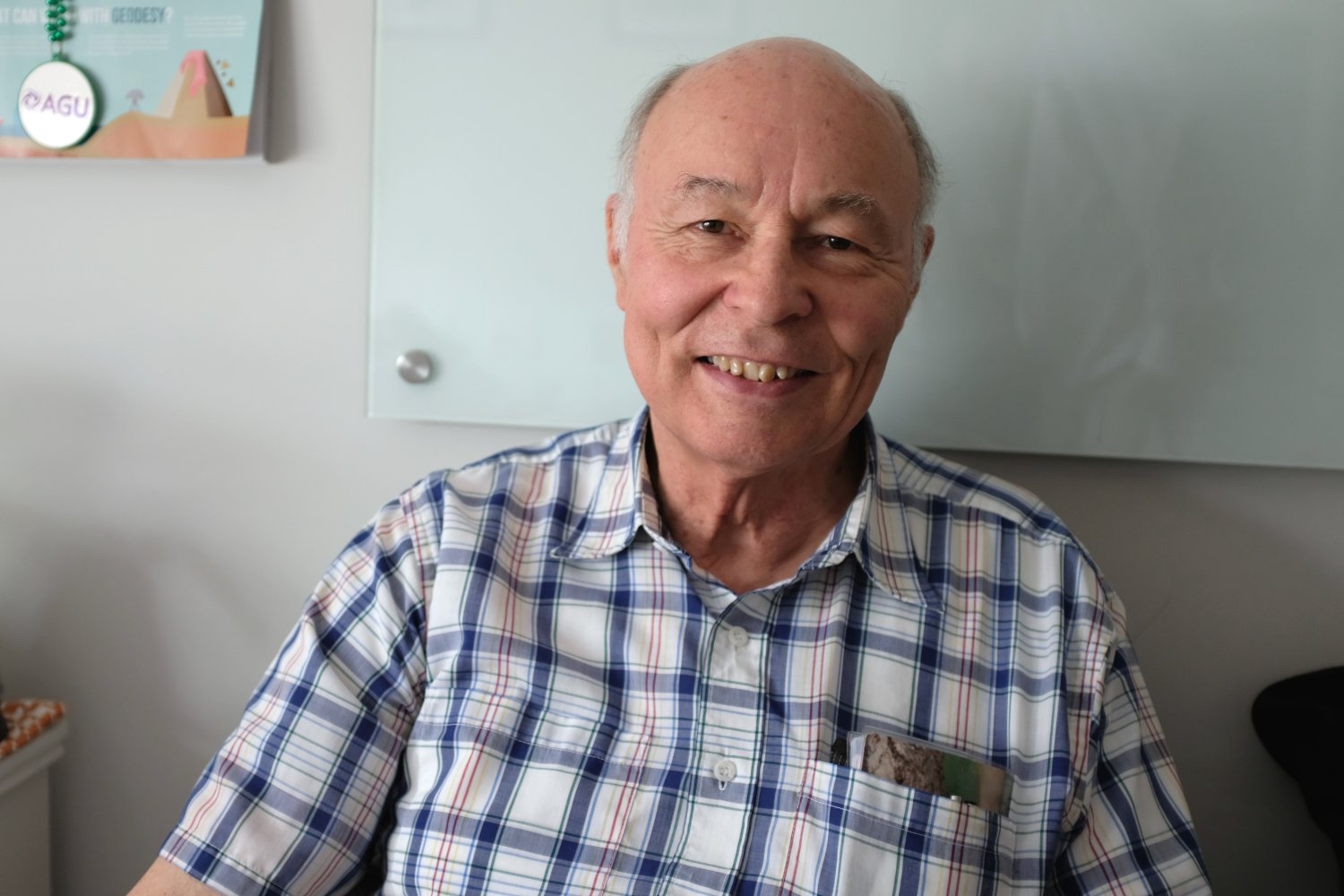Science
MIT Haystack Observatory Pioneer Alan Whitney Dies at 81

Alan Robert Whitney, a distinguished research scientist at the MIT Haystack Observatory, passed away on September 28, 2023, at the age of 81. Whitney was a pivotal figure in the advancement of very long baseline interferometry (VLBI), a technique that has transformed radio astronomy. His contributions to the field have left a lasting impact on both the observatory and the wider scientific community.
Whitney’s career at Haystack Observatory spanned several decades, where he held various leadership roles, including associate director and interim director from 2007 to 2008. His innovative work helped establish Haystack as a leader in radio science and earned him the title of MIT principal research scientist. In 2011, he received an MIT Excellence Award, recognizing his dedication to research and education.
Early Life and Academic Achievements
Born and raised in Wyoming, Whitney showcased a remarkable aptitude for science from a young age. He won the state science fair in 1962 while in high school by constructing a satellite telemetry receiver using transistors and other components sourced from his family’s dairy farm. Whitney furthered his education at MIT, where he completed a five-year master’s degree through a cooperative internship program with Bell Laboratories and later obtained his PhD in electrical engineering in 1974.
His doctoral research in the late 1960s focused on the pioneering development of VLBI, which allowed for unprecedented measurements of continental drift and observations of distant radio sources. A landmark paper he led demonstrated the existence of apparent superluminal motion of radio sources, a finding that significantly advanced the field of astrophysics.
Legacy in Very Long Baseline Interferometry
Whitney’s influence on VLBI was profound. He played a crucial role in the development of the Mark III recording and correlation systems, which became the standard for VLBI technology by the early 1980s. This innovation solidified a global community around Haystack-developed technology. He later spearheaded the transition to disk-based recording, facilitating the widespread adoption of these advancements.
Pedro Elosegui, leader of the Haystack geodesy group, remarked, “Alan was a technology pillar, a stalwart builder and worldwide ambassador of Haystack, inspiring generations of scientists and engineers.” Whitney was instrumental in designing the VLBI Geodetic Observing System, which addressed emerging needs in space geodesy, including global sea-level rise.
Whitney’s dedication to innovation continued throughout his career. The introduction of the Mark 6 recording system represented a major advancement, enabling faster data recording and greater sensitivity. These recorders contributed to the creation of the Event Horizon Telescope, which captured the first image of a black hole. The Mark 6 systems now record data approximately 100,000 times faster than the early computing tapes used during Whitney’s initial years in the field.
His contributions were not limited to VLBI; Whitney served as interim director of Haystack and played a key role in the development of the Murchison Widefield Array in Australia, a project focused on groundbreaking research into the early universe.
Influence and Recognition
Until his retirement in 2012, Whitney remained a vital presence at Haystack, offering invaluable technical insights and guidance. His leadership extended beyond the observatory, as he consulted on diverse projects that furthered scientific understanding.
In 2020, Whitney was a co-recipient of the Breakthrough Prize in Fundamental Physics, awarded to the Event Horizon Telescope Collaboration. His work has not only advanced scientific knowledge but also inspired countless colleagues in the local, national, and global scientific communities.
Whitney’s legacy endures through his pioneering spirit, innovative contributions, and the many lives he touched throughout his career. His intellect, warmth, and dedication to science will be remembered by all who had the privilege to work alongside him.
-

 Health4 days ago
Health4 days agoRare Brain Condition Discovered More Common in New Mexico
-

 Politics5 days ago
Politics5 days agoPrince Andrew Steps Back from Royal Duties Following Epstein Memoir
-

 Health5 days ago
Health5 days agoRemembering Mary Ingleby: A Life of Love, Teaching, and Music
-

 Sports5 days ago
Sports5 days agoMLS Decision Day 2025: Playoff Spots on the Line as Teams Clash
-

 Science5 days ago
Science5 days agoIdaho State University Launches Haunted Science Laboratory on Oct. 25
-

 World5 days ago
World5 days agoYoung Driver Dies in Collision with Box Truck in El Cajon
-

 Lifestyle5 days ago
Lifestyle5 days agoKent Hamilton Named Southeastern Farmer of the Year at Expo
-

 Business5 days ago
Business5 days agoFirst National Bank of Groton’s Quiet Period Ends October 21
-

 Entertainment5 days ago
Entertainment5 days agoTrump Commutes George Santos’ Sentence, Sparks Controversy
-

 Politics5 days ago
Politics5 days agoNavy Veteran Max Quattromani Launches Campaign for Assessor Seat
-

 Sports5 days ago
Sports5 days agoSaquon Barkley Reacts to James Franklin’s Dismissal from Penn State
-

 World5 days ago
World5 days agoNevada Treasury Awards 2025 Kenny C. Guinn Memorial Scholarships









